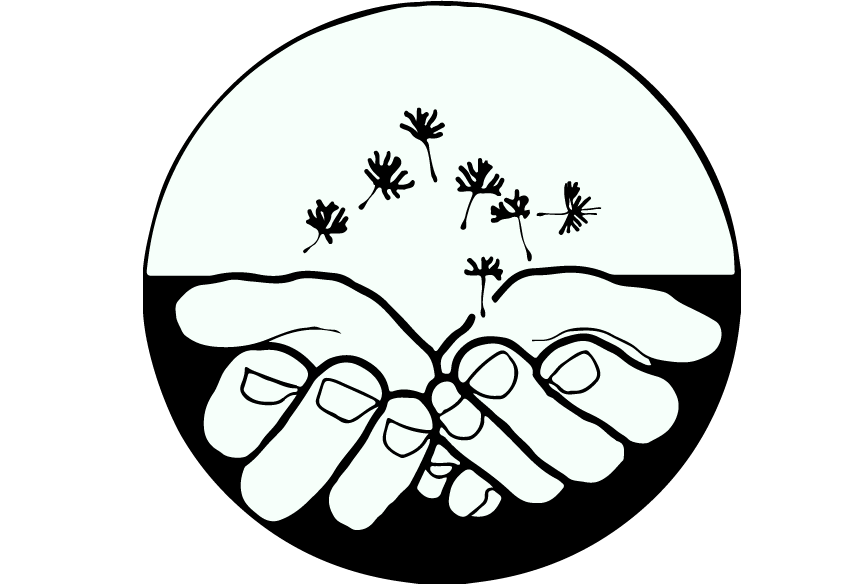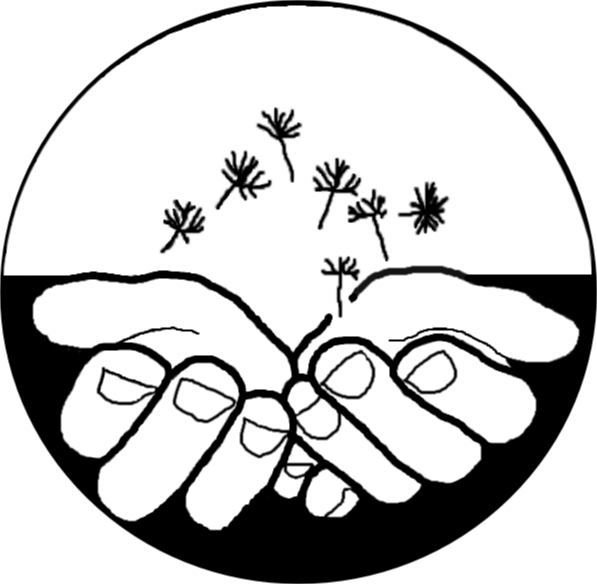
What is Osteopathy? how can it work for me?
Osteopathy can benefit people of all ages and conditions- from newborns to athletes to pregnant people to seniors- for a variety of health issues. If you feel limited by pain or discomfort in your body, you want a holistic approach for your health concern or for the care of your family, or if you feel like you’ve “seen every specialist” and nothing is working, then Osteopathy could be right for you. Please see the list of commonly treated conditions on this page.
Osteopathic Neuromusculoskeletal Medicine (ONMM), also known as Osteopathic Manipulative Medicine (OMM), is a hands-on approach to diagnose and treat areas of restriction in your body that impede normal health and healing. It seeks to engage and support your innate ability to self-heal. ONMM can be an effective standalone therapy for certain health issues or it can work adjunctively to increase the effectiveness of what you are already doing.
ONMM gives a perspective to your Health beyond symptom management that includes and considers the root cause of disease. It can lead to better overall Health outcomes.
The immediate goal of a treatment is to reduce pain or symptoms and improve function. After a treatment, you may notice improved circulation, reduced muscle stiffness or pain, or improved range of motion of your joints, etc.
The long-term goal is to activate the dynamic self-regulation within your body to support the highest, ongoing functioning of your physical, mental, emotional, and spiritual self. We are working proactively to prevent chronic health conditions from progressing or developing in your future.
Because Osteopathy is a holistic approach, we will take the time to review your medical history thoroughly. This includes attention to your lifestyle habits of sleep, nutrition, daily movement, and stress management; as well as factors involving your home and work environments, family and community relationships, etc.
In addition to Osteopathic hands-on care, your treatment may lead to an empowering discussion of achievable lifestyle recommendations to further address the underlying causes of your health issue. You might also require additional laboratory studies or diagnostic testing to identify the root cause of your concern.
The accompanying list on this page shows common conditions treated with Osteopathy. The list is not exhaustive- if you have questions about your specific condition and whether Osteopathy can work for you, please reach out via the “Contact” page.
What is a D.O.?
A Doctor of Osteopathic Medicine or DO is a fully-licensed medical physician who can practice in a generalized or specialized scope in all the same fields of medicine as an MD. They may prescribe medication or perform minor to major surgeries consistent with their area of focus. DOs generally place an emphasis on patient-centered care. They consider the whole person rather than focusing on solely treating the symptoms of a disease process. They tend to prioritize prevention and lifestyle strategies to enhance health and wellbeing.
Following a course of undergraduate study, the medical education of a DO involves extensive training in gross anatomy and physiology. Osteopaths recognize the interconnectedness of the musculoskeletal system with the other systems in the human body. They study how a disturbance in one system can affect the other and vice versa. Osteopaths are trained to detect how prior illnesses, injuries, or traumas may leave lasting structural effects on the body that may affect the overall ability of the body to function at its best.
Osteopaths also receive special training in Osteopathic Manipulative Medicine (OMM), also known as Osteopathic Neuromusculoskeletal Medicine (ONMM). This is the therapeutic application of manual techniques to address the underlying dysfunction in the body structure that affects the body’s functioning. A DO receives years and countless hours of practical training to develop their palpatory skills with their hands to detect subtle patterns of dysfunction in a person’s living anatomy. Once they identify these changes in tissue texture, range of motion, symmetry, fluid interchange, etc, they hone a variety of styles and techniques to use their hands to treat the dysfunction in a safe and effective way.
After receiving their doctorate, some DOs no longer use their ONMM skills after they leave medical school. Some, however, go on to continue their Osteopathic studies. Presently, there are two main pathways to become boarded in ONMM: either 1) enter a three-year residency in ONMM, or 2) complete a selected, multi-year residency in a broader field with Osteopathic Recognition to then enter an additional, year-long Fellowship in ONMM. Both pathways can lead to becoming board certified by the American Osteopathic Association.
What is an Osteopathic Treatment like? How does it work?
ONMM is a hands-on treatment that is directed primarily at muscles, soft tissues, and joints. If indicated, techniques may also be directed at the nervous or lymphatic systems; or the visceral organs themselves to effect change in the circulatory, respiratory, digestive, genitourinary, or reproductive systems. However, regardless of the system addressed, ONMM affects the entire body unit via the principle of interconnectedness and biotensegrity.
The body has an innate ability to heal itself from illnesses, injuries or physical and emotional traumas. However, at times, the demands for recovery may overstrain the body’s ability to fully resolve the issue. The result can be lasting structural impressions on the body’s tissues. These changes in structure may cause restriction in the body’s ability to carry out its normal biophysical processes of living. Additionally, over time, when there is restriction in one area of the body, it may require another region of the body to compensate for the lack of mobility and motility. Multiple systems of the body can become affected, and true symptoms of disease may appear years after the original insult.
The Osteopath’s goal is to identify and remove restrictions to return the body to its fullest potential of self-healing. The complexity of the pattern of insults and restrictions plays a role in the progression and unfolding of Osteopathic treatments. More recent triggering life events may resolve with less intervention; and more chronic issues may take longer due to compensatory effects. In the case of repetitive or recurring traumas, the individual’s willingness to try suggestions to develop a dynamic routine to care for their body’s emerging needs also plays a role.
There are a variety of techniques and approaches to draw from to individually tailor and sequence your treatment to how you are presenting on the day you are treated. Some examples of techniques are: myofascial release, facilitated positional release, lymphatic pump, Osteopathy of the cranial or visceral fields; biodynamic Osteopathy, muscle energy, counterstrain, high-velocity low-amplitude, articulatory, and so on.
You may feel gentle stretching or pressure. Techniques may be direct and gently push through a barrier, or they may be indirect to support a point of balance and restructuring. Treatments should not hurt, and you are encouraged to speak up if you feel discomfort because a different approach and/ or technique can be used.
Techniques are meant to restore unrestricted communication and interchange across tissues and fluids within the body. A protocol-based approach is not used, and no two treatments are the same. Please further refer to the “FAQ” page for answers to commonly asked questions.
Conditions treated:
Headaches/ Migraines
Concussion and whiplash injuries
TMJ pain
Newborn latching and feeding difficulties
Recurrent sinus problems
Dizziness/ Vertigo
Neck pain
Rib and respiratory dysfunction
Asthma
Thoracic outlet syndrome
Back pain
Nerve entrapments (i.e. carpal tunnel syndrome, cubital tunnel syndrome, sciatica, peroneal nerve entrapment, etc.)
Functional bowel issues
Anxiety and stress-related problems
Dysautonomia and nervous system imbalance
Pregnancy-related conditions
Menstrual pain
Joint pain (shoulder, elbow, wrist, hand, hip, knee, ankle, foot)
Repetitive stress injuries (i.e. tennis or golfer’s elbow, de Quervain’s tenosynovitis, etc.)
Pelvic floor pain and dysfunction
Plantar fasciitis
Hypermobility and EDS
Fibromyalgia


